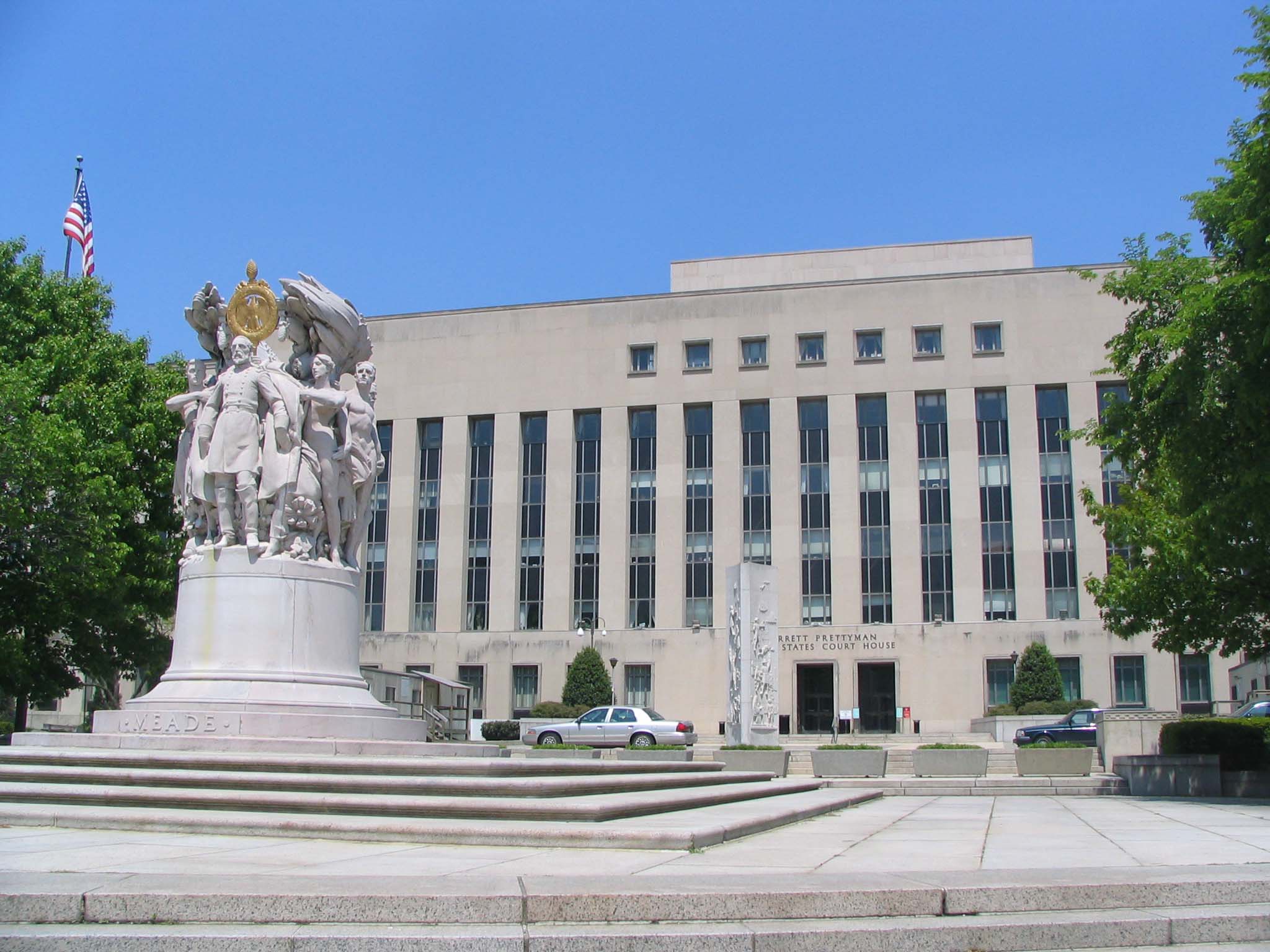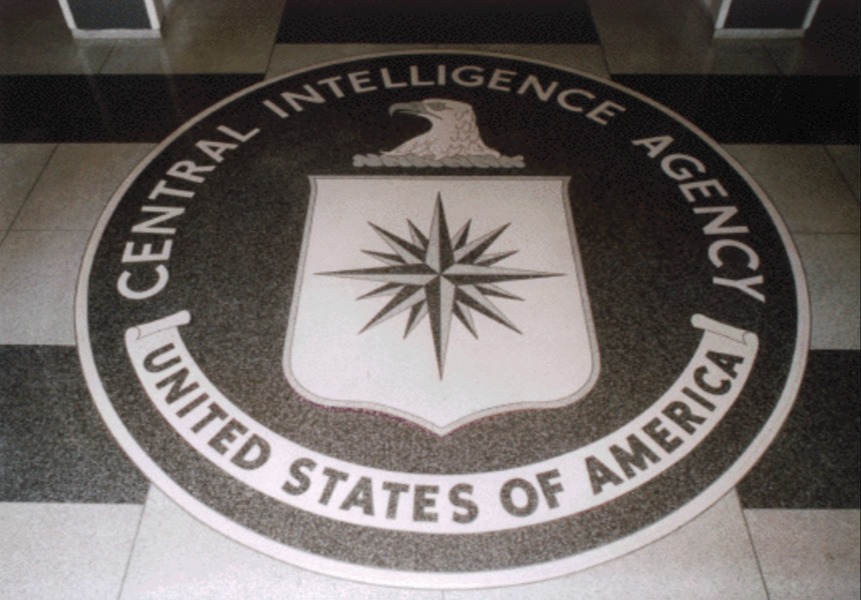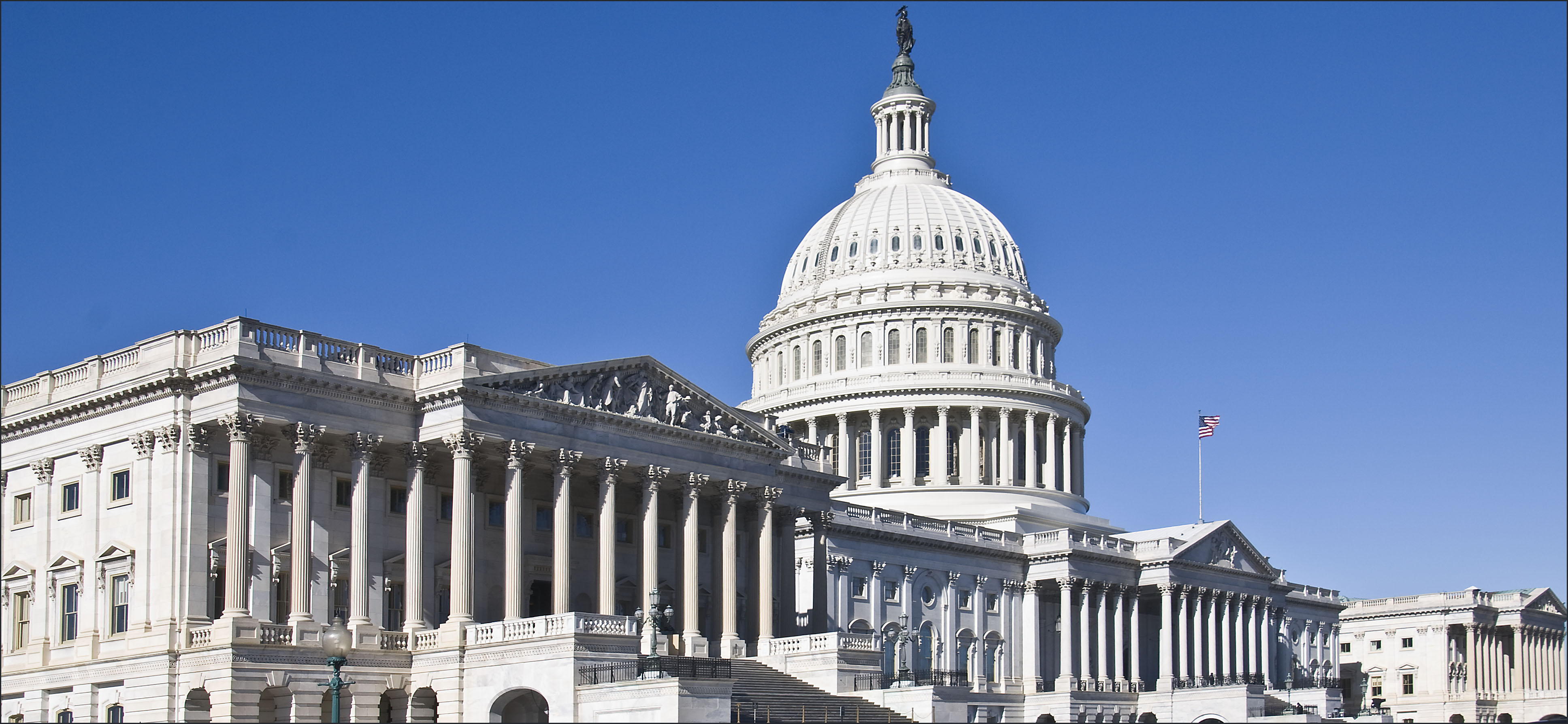The Sussmann Indictment, Human Source Handling, and the FBI’s Declining FISA Numbers
The prosecution of Michael Sussmann’s indictment may seem unconnected to the precipitous drop in the volume of the intelligence community’s use of complex investigative techniques. The two are, in fact, closely connected.

Published by The Lawfare Institute
in Cooperation With

Late in the evening of Oct. 6, attorneys for former Department of Justice attorney and former Perkins Coie partner Michael Sussmann filed a motion for a bill of particulars relating to his indictment by Special Counsel John Durham. The indictment charges Sussmann with one count of making a false statement to the FBI in September 2016, in conjunction with providing allegations that computer systems connected to the Russian Alfa Bank had anomalous contact with an internet domain associated with the Trump Organization.
[Full disclosure, I had a minor role in the events in question, insofar as I transferred the material Sussmann gave to Jim Baker, the FBI’s general counsel at the time, to the personnel who ultimately supervised and looked into the allegations.]
At the time Sussmann’s indictment was returned, by coincidence I was taking a look at data from the Office of the Director of National Intelligence’s (ODNI’s) Annual Statistical Transparency Report and noticed a precipitous drop in the volume of the intelligence community’s use of complex investigative techniques, such as those authorized by the Foreign Intelligence Surveillance Act (FISA). I believe these two issues are connected.
What, you may ask, do Sussmann’s indictment and the declining number of FISA orders have to do with each other? Far more than you might think.
The Oct. 6 motion filed by Sussmann’s attorneys lays out his claim that the indictment failed to state the charges against him with sufficient specificity to allow him to effectively defend himself, and it asks the judge hearing the case to direct the government to provide additional detail about the crime Sussmann is alleged to have committed.
While I share many of the concerns about the indictment laid out by Benjamin Wittes in a September Lawfare post, what caught my eye in Sussmann’s motion has relatively little to do with its merits. Sussmann’s lawyers write:
Without prejudice to any other pretrial motions Mr. Sussmann may bring on the matter, Mr. Sussmann is also entitled to additional particulars regarding the alleged omissions in the indictment, including regarding the legal duty, if any, that required him to disclose the allegedly omitted information the Indictment suggests he should have disclosed.
This paragraph of the motion is a response to Durham’s allegation that Sussmann
concealed and failed to disclose, (i) SUSSMANN had spent time drafting one of the white papers he provided to the FBI General Counsel and billed that time to the Clinton Campaign, and (ii) the U.S. Investigative Firm—which at the time was also acting as a paid agent of the Clinton Campaign—had drafted another of those white papers.
This idea points to a significant issue: omitting information is both frequent and problematic when dealing with human sources of information in federal investigations. By its terms, 18 U.S.C. § 1001 makes it a crime to “falsif[y], conceal[], or cover[] up by any trick, scheme, or device a material fact.” Does that mean that any material omission by any human source in any federal investigation is a crime?
I spent more than 20 years in the FBI, handling—and then supervising the handling of—hundreds, if not thousands, of human sources. Within that universe, I can count on one hand the number of times in my career in which I thought a source was telling me the whole, unvarnished truth, let alone relaying to me his or her complete and honest accounting of the source’s motivations in talking to me. In fact, the two agencies that do the bulk of the nation’s national security human source recruitment and handling, the CIA and the FBI, devote enormous time in training and operations to understanding and rigorously characterizing the unique and limited certainty that every human source brings to the table.
Human sources are people. They are complex. They forget, embellish, misremember. They shade the truth or parcel it out. They have ulterior motives. Sometimes they feed you disinformation or mix truth with falsehoods. And sometimes they don’t even know they’re doing it. A source omitting something relevant literally happens every day somewhere in the FBI and the CIA, and there is no FBI special agent or CIA officer who hasn’t experienced it.
Here’s what human sources aren’t: They’re not employees. They have conscious and subconscious mental boundaries beyond which you cannot compel them to do what you tell them to do, or command them to disclose everything they know. In source work, hard-to-get information is both rare and the coin of the realm; a good agent or officer rarely walks away from someone who may be providing valuable information, even when there are suspicions about the source’s truthfulness, intentions, motivations and completeness.
Moreover, sources—especially good ones—aren’t angels. Upstanding people tend not to be the ones with inside information about the kinds of things the FBI is interested in. Bad people know about bad behavior. The better the source, the more problematic he or she can become: The best source about the head of an organized crime family is another wiseguy, no one understands the plans and intentions of the Islamic State like someone within its leadership, and the best way to understand a foreign intelligence service is to recruit someone within its ranks. If the Justice Department prosecuted every instance of the type of omission of which Durham accuses Sussmann in the quoted passage above, the intelligence community would be in trouble. Between investigating this not-uncommon behavior and losing other sources concerned for their own exposure as they watch such prosecutions unfold, the government’s source base would crumble.
Against this backdrop, the charge against Sussmann doesn’t merely smack of selective prosecution. It serves as a warning and likely disincentive to cooperate to every existing and potential source and handling agent out there. In the best case, while it may deter sources from being less than completely truthful, it’s more likely to cause greater damage to the FBI’s ability to recruit and maintain sources as those sources become increasingly fearful that incompleteness will be treated as a criminal false statement.
In the worst case, it’s part of the previous administration’s effort to scare off investigators looking at anything related to Trump and counterintelligence, not just those in the past, but those who might do so in the future. Sussmann’s indictment is the end point of Durham’s work, not its beginning. I have reason to believe that every still-serving agent and analyst who played a significant role in the investigations into Russian interference in the 2016 elections has been interviewed—many at length—by Durham. Some of these people were also interviewed about the same or related topics by former U.S. attorneys Jeff Jensen and John Huber, the House Judiciary Committee, the Senate Judiciary Committee, the Justice Department’s inspector general (repeatedly), and for some in the future, the FBI’s Office of Professional Responsibility once Durham closes his criminal investigation. And all of that happened without a single word of public or internal defense from the FBI or the Justice Department—in fact, in some cases the opposite, with politically expedient and morale-sapping internal reviews of case decisions. If reading that list exhausts you, imagine the mental, professional, and financial burden of navigating that multiyear gauntlet as your colleagues look on.
If a chilling effect is what former Attorneys General Jeff Sessions and William Barr intended when they appointed Durham and several other U.S. attorneys to investigate and undermine faith in the FBI’s examination of the Trump administration’s foreign intelligence connections, then mission accomplished—at least according to the data I was reviewing when Sussmann’s motion was filed.
Each year, the ODNI publishes an Annual Statistical Transparency Report, which includes the number of court orders authorized under FISA. Investigative activity conducted under the authority of a FISA court order is the workhorse of the FBI’s most significant international terrorism and counterintelligence cases. As such, the numbers in the ODNI report serve as a reasonable barometer of the volume of complex investigative national security work conducted by the FBI (as well as other members of the intelligence community).
The numbers in the 2020 report are damning. They show a precipitous decline in FISA court orders (which the report terms “FISA ‘probable cause’ court orders,” to differentiate them from other FISA-authorized techniques, such as business record requests, which do not require information at the probable cause standard), from 1,184 in calendar year 2018, to 907 in 2019, to 524 in 2020:

But the trend is actually worse than that. For the 2020 report, the ODNI chose to present a three-year data history, unlike the 2019 report, which goes back six years:

Looking at the years before 2018 reveals a range between 1,437 and 1,767 FISA orders each year, placing the number of FISAs in 2020 at less than 30 percent of what they were in 2013, all in the context of a significant drop that began when Trump took office in 2017. Clearly, the coronavirus pandemic has played some role in the 2020 numbers, but all gives way to a troubling reality: As the intelligence community’s use of FISA plummeted, U.S. adversaries didn’t go home. FISA is used on the FBI’s most significant national security investigations, and any significant drop associated with coronavirus-related workplace absences raises the question of just how critical those investigations are to the nation’s security. Either they are, and the country is at greater risk, or they aren’t, and resources may have been misaligned in the past.
My point is not that fewer FISAs are necessarily a bad thing, nor would I argue against the proposition that the rigor of the FISA process—as detailed by the recent inspector general report on the topic—needs improvement. But as a counterintelligence professional, I can tell you beyond any doubt that Russia, China and every other foreign national security threat benefit from these reduced numbers.
In other words, don’t imagine that the national security damage to the FBI from the Trump administration has been fixed. Don’t lull yourself into thinking that legacy investigations are limited to the past and aren’t causing present harm. The longer they continue—and Durham’s endeavors have now far outpaced the length of Robert Mueller’s special counsel investigation—the longer any administrative punishment lies in abeyance waiting for the criminal investigations to conclude, and the greater the damage to the FBI’s ability and willingness to investigate the powerful.
Sussmann’s prosecution may seem unconnected to this effect. He was, after all, not a counterintelligence professional, but a source. But it’s part of the same broad pattern in which those who participated at whatever level in the efforts to investigate Russian intelligence activity have faced years of scrutiny for behaviors that are the norm, not the exception, in high-stakes investigations. Of course, those investigators exist not in a vacuum but, rather, within an organization of co-workers who have watched their respected colleagues persevere through this gauntlet, undoubtedly questioning whether the risk of pursuing complex investigations is worth the potential personal and professional cost. As the FISA numbers show, the country is already paying a price for this Sisyphean cycle of review.


_-_flickr_-_the_central_intelligence_agency_(2).jpeg?sfvrsn=c1fa09a8_5)


